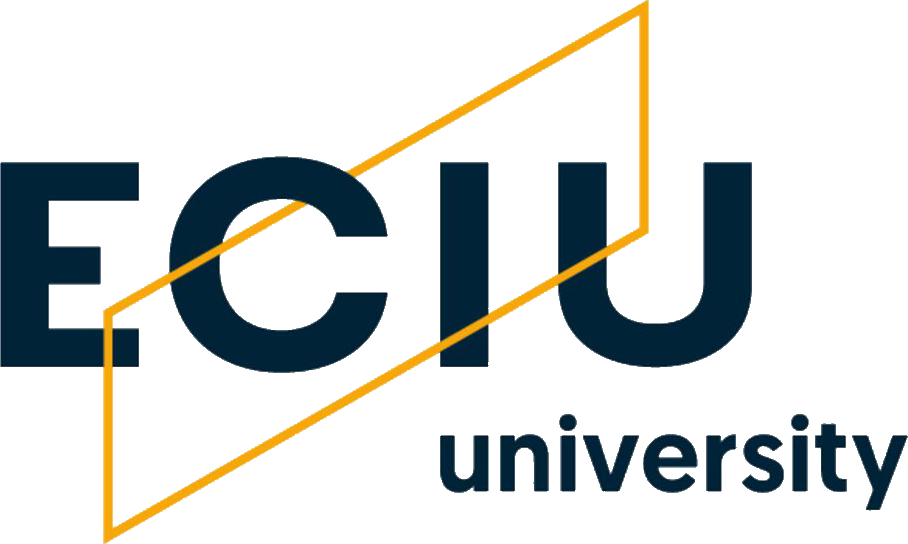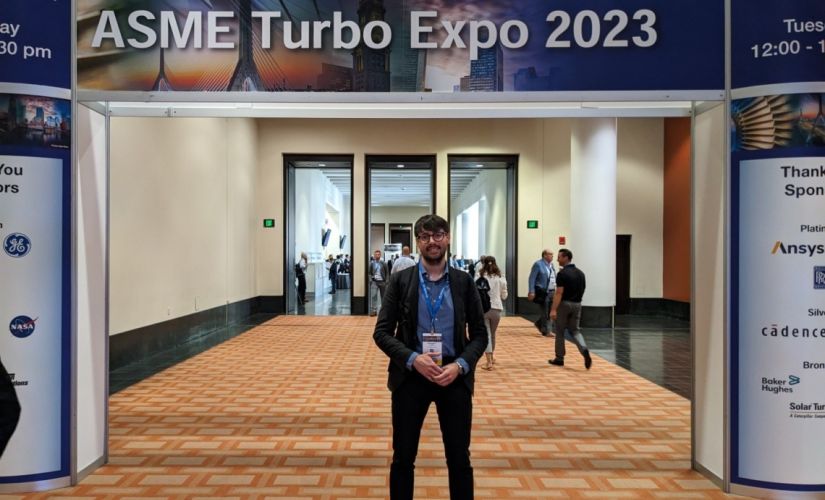Grzegorz does research on preventing failure in compressors. A compressor is a device that provides compressed gas. Its applications abound in all kinds of commonly used appliances, e.g. vacuum cleaners, hair dryers, air conditioners, cars. High pressure compressors are used in virtually every industry, transportation, and power generation. Grzegorz heads the Division of Turbines and Compressors at the Institute of Turbomachinery, TUL.
This year, 101 individuals competed for the Award, of which 16 were successful. They will have the opportunity to conduct their research project at an American research institution they selected. Apart from the researcher from the Institute of Turbomachinery, TUL, only one other awardee works at a technical university.
The award will take Grzegorz Liśkiewicz, TUL prof., to Texas A&M University. As a Fulbright Scholar, he will spend 10 months at its Turbomachinery Laboratory, part of its Engineering Experiment Station (TEES). What were his reasons to choose that institution?
Grzegorz explains: ‘at TEES, they conduct world-class reliability and performance research on rotating machinery. Ever since it was established, TEES researchers have dealt with this kind of machines in all shapes and sizes: from classic Dutch windmills to space shuttle engine turbopumps and compressors for natural gas transportation.’
According to Grzegorz Liśkiewicz, TESS has an impressive apparatus for conducting experiments with compressors.
‘One of the hallmarks of the facility is that the apparatus is designed in a way that allows new research rigs to be built fast.’, he says. The institute has 12 top-class testing chambers with vibration damping and an air source of up to 170 atmospheres. Setting up a test stand in our industry usually requires several weeks’ effort, whereas, reportedly, at TEES it can be done within days. I can't wait to see how it's done!’
Grzegorz Liśkiewicz will work under the guidance of prof. Paul Cizmas, a scientist in the field of aerospace engineering, especially aerodynamics, heat flow, computational fluid dynamics, and aeroelasticity. He studies unsteady flows in turbomachines with computational algorithms, and he has developed a number of them himself: CoRSI for turbine – combustor interactions, UNS3D a general numerical fluid mechanics code, UNS3D-AE for aeroelasticity, UNS3D-POD based on orthogonal decomposition and used in analysis of turbomachinery flows.
‘Paul Cizmas is the author of the book Aerothermodynamics and Jet Propulsion, which, in my opinion, is one of the best sources on the physics of flow machines,’ says Grzegorz Liśkiewicz, and adds, ‘It will be an incredible adventure to be able to collaborate with a specialist of this renown and tap into his vast experience.’
What does the Fulbright scholar from TUL expect to learn from the American scientist and from working at such an outstanding laboratory?
Of all the unstable (and therefore undesirable) phenomena occurring in compressors - inlet recirculation remains the least well-described and understood by the scientific community. I hope that working with Paul Cizmas will allow me to better understand the physics of this phenomenon and produce its mathematical description. It is a really consequential issue because any non-stable phenomenon, which means inlet recirculation too, threatens the stability of the compressor’s operation and adversely affects its performance. The machine consumes more energy and generates extra noise.
Texas A&M University's TEES organizes some of the most important turbomachinery and power generation trade shows. These include the annual Turbomachinery & Pump Symposium and the Asia Turbomachinery & Pump Symposium.

